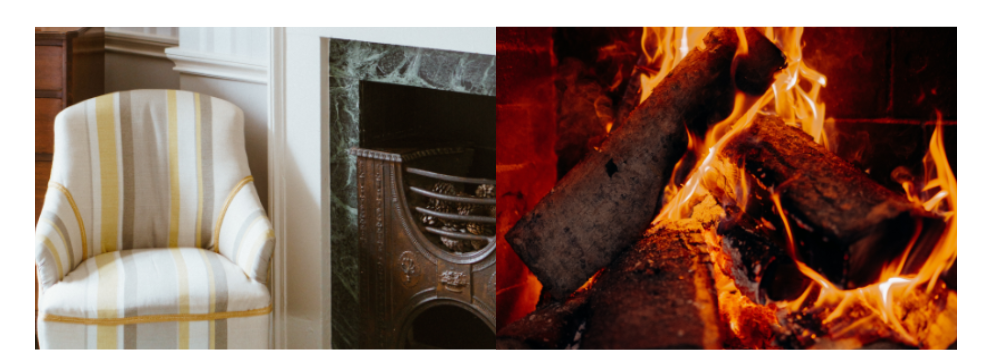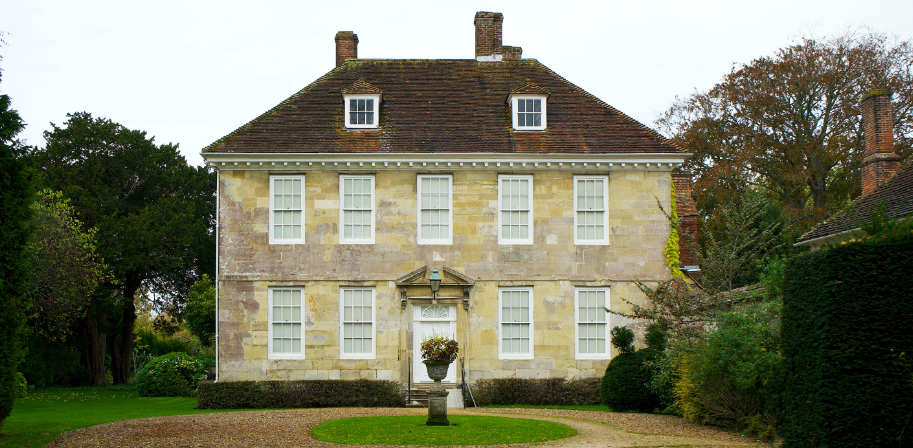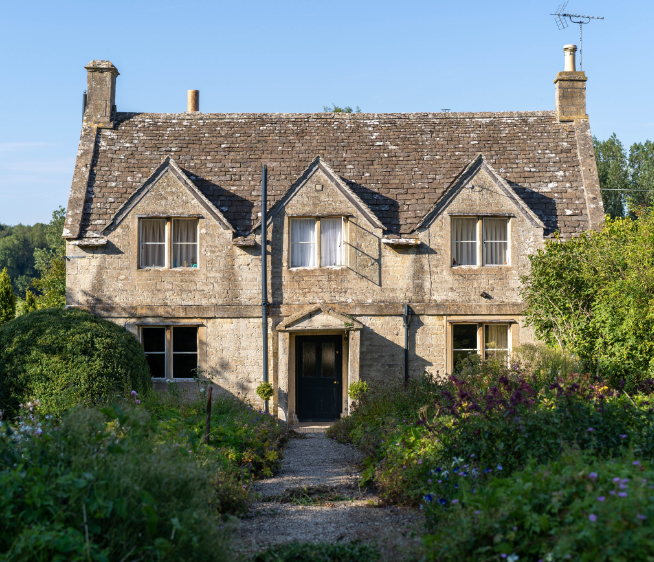Wood burners and open fires | What are the risks?


Wood burners and open fires have become very popular, especially in period, listed and thatched properties. However, whilst a comforting and aesthetically pleasing feature of a home, they come with heightened risk and responsibility.

Naturally the presence of an open fire or wood burner will increase the risk of a fire occurring at the home.
Burning logs or hot embers falling out of a fireplace is typically the first thought that comes to mind and is something that most homeowners will be vary cautious of. Making use of a fire guard, ensuring that the fireplace is surrounded by non-flammable surfaces and keeping a fire extinguisher close at hand are all common place precautions.
What isn’t always apparent however, is the risk posed by the chimney or the extreme heat of the gases coming from a wood burner.
Blocked and dirty chimneys are one of the most common causes of roof fires, regardless of whether your home is listed or a standard property1.
In addition, about 95% of thatched roof fires2 are caused by a fault or blockage in the chimney, often linked to a wood burner.
As well as posing a risk to you and your family, a neglected or un-swept chimney can potentially invalidate your insurance. Here are some helpful tips around maintaining your chimney.
Many period properties had open fires, from which the flue gas temperature is approximately 200°C. The flue gas temperature from a wood burner is around 600°C or more, for which chimneys in older properties particularly are simply not designed3. Furthermore, heat emitted on the outside of the chimney can reach 85% of the heat on the inside of the chimney. This can occur within 24 hours4.
To help reduce the risk of a fire, all chimneys linked to solid fuel stoves and boilers should be professionally lined and insulated as this will help reduce heat transfer and flue gas leakage. Arguably the same precautions should be taken for open fires as well.
There are many different types of liners that can be bought, ranging in price. When installing a liner, make sure that you take advice from your insurer as well as the installation experts, as you may find certain materials are more acceptable than others. This is particularly important for thatched properties, where it is becoming increasingly common for insurers to insist on something of a higher grade than a ‘flexi liner’ which is the type often used due to its lower cost and ease of installation.
Protecting the occupants of your home is of course the first and most important consideration when it comes to the risk of fire. Secondary to this, but still an important factor to be aware of is the cost of a fire.
Damage to the home from the flames themselves can be devastating. Where the house is not a total loss however, the most significant damage is often caused by smoke, which permeates the entire building, and by water.
When the fire services put out a fire, they will often soak the whole property from top to bottom. Even items that may have escaped heat or smoke damage will likely then need repairing or replacing, with the aspects such as the roof, floors and electrics all incurring substantial costs.
Depending on the nature of your home, the materials used, bespoke design features and its location, the rebuild cost could be more than its market value. This is particularly common with listed, historic or thatched properties. It is essential that you keep track of your rebuild cost, as being underinsured could leave you liable to pay part of, or the whole cost of a repair or rebuild, so it is vital that your home insurance is watertight.
According to a study by RICS registered surveyors Barrett Corp & Harrington, who provide Reinstatement Cost Assessments across the UK and Europe, as much as 80% of the properties included in their research are underinsured by up to 55%, on average5.

Online calculators can give a quick and high-level indication as to what your property might need to be insured at, however these rarely consider a property’s nuances, or the detail required to provide an accurate reinstatement valuation. For example, two Georgian properties that appear similar externally could have vastly differing interiors. One with simply painted walls, high street purchased flooring, and ‘off-the-shelf’ style kitchen and bathrooms will cost far less to repair or reinstate than a building of equivalent size with hand painted silk wall coverings, ornate carved alcoves, specifically cut and imported marble floors, original restored parquet, bespoke Italian kitchen and multiple architect-designed bathrooms.
More importantly, the responsibility for setting a reinstatement value is that of the policy holder. Using unregulated online calculators means that should this reinstatement valuation be incorrect, the policy holder has no recourse against the advice given – leaving them back at square one, with potential over payment of premium (over insurance) or a shortfall in claim pay out in the event of a loss (underinsurance).
Barrett Corps Harrington are the market leader in setting accurate reinstatement valuations, with their remote eValuation service, Benchmark, offering a prompt and accurate reinstatement valuation for homes with sums insured up to £2m and Listings no greater than Grade II.


In the event a fire does start, it is essential that you have precautions in place to safeguard you and your family.

If you have any doubts about your insurance, contact us. Our team of experts are happy to help with your queries or concerns around protecting your home.
Call us: 01787 880338
Email us: listed@lloydwhyte.com
1.https://tombyerroofingservice.com/top-5-causes-of-roof-fires/
2-4.https://lloydwhyteheritage.com/thatch-home-insurance/ “Your property owners’ guide to chimneys”
5.https://bch.uk.com/property-insurance-valuations-underinsurance/
Lloyd & Whyte Ltd are authorised and regulated by the Financial Conduct Authority. Registered in England No. 03686765. Registered Office: Affinity House, Bindon Road, Taunton, Somerset, TA2 6AA. Calls may be recorded for use in quality management, training and customer support.